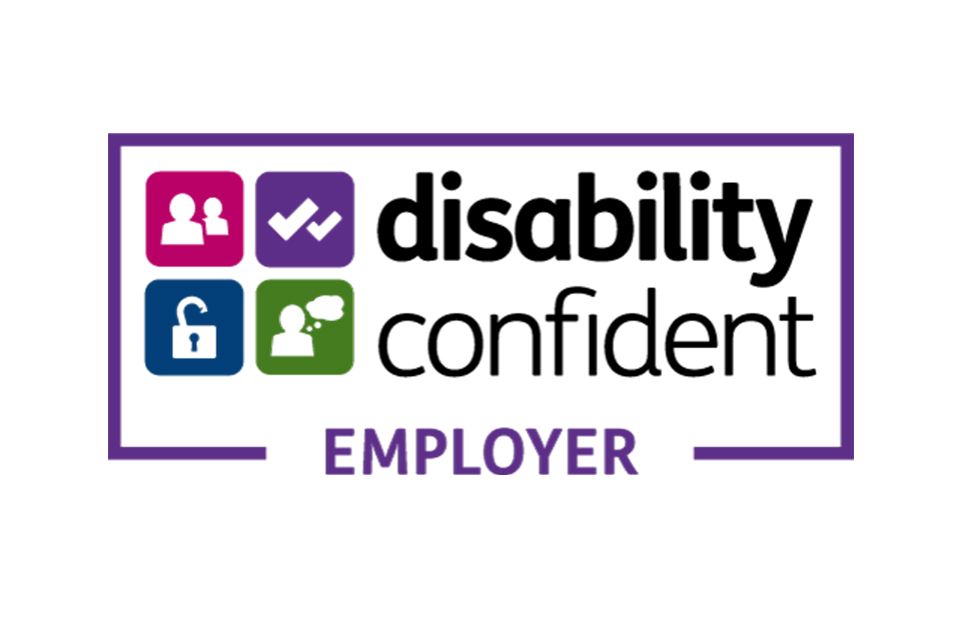
A colleague at GOV.UK highlighted that accessibility work is actually anti-ableism work. At the time, this prompted me to ask myself; how much do I actually know and understand about ableism?
Out of the all the systems of oppression, this was probably the one where I had least understanding of and language for at the time. Below are some concepts that represent a shift in thinking about disability and working within accessibility.
Social model vs medical model
The social model and the medical model are two contrasting perspectives used to understand and address disability and other health-related issues. While they both have their merits, they approach the concept of disability in different ways.
Medical Model
The medical model views disability as an individual problem or impairment located within the person’s body or mind. Disability is often seen as a deviation from the norm or a deficit that needs to be diagnosed, treated, and cured. The focus is on the medical aspects and the individual’s limitations. This model may inadvertently perpetuate stigma, as it focuses on the individual’s “deficits” and can lead to a sense of dependency on medical interventions. This model tends to result in policies that focus on medical interventions, healthcare, and support for individuals with impairments.
Social Model
The social model, on the other hand, considers disability as a result of social barriers and exclusion. It recognises that people with impairments are disabled by the way society is organised, rather than by their impairments themselves.
Disability arises from the interaction between the individual and the environment that does not accommodate their needs. Impairments are acknowledged, but the main emphasis is on how society can be adapted to make life easier and more accessible for people with impairments.
It highlights the need for reasonable accommodations and universal design. This model aims to challenge stigma by emphasising the importance of inclusive and accepting attitudes, focusing on the person’s abilities, and advocating for equal rights and opportunities. The social model calls for policy changes that focus on creating inclusive environments, accessibility, education, and employment opportunities.
Examples of the social model in action
A child with a visual impairment wants to read the latest best-selling book, so they can chat about it with their friends. The social model solution makes audio or braille versions available when the book is published.
A disabled person who can’t use stairs and wants to get into a building with a step at the entrance. The social model recognises that this is a problem with the building, not the person, and would suggest adding a ramp to the entrance.
Adapted from this article by Scope, read more about the social model of disability
Disability dongle
The term disability dongle was coined by Liz Jackson. It is this idea that technical solutions are created without disabled voices present in the process, resulting in assistive technology that no-one asked for.
Examples
A wheelchair that has been built to climb stairs instead of a ramp.
Live caption glasses at the theatre instead of a screen with captions.
Disability Dongle: A well intended elegant, yet useless solution to a problem we never knew we had. Disability Dongles are most often conceived of and created in design schools and at IDEO.
“Disability Dongles are contemporary fairy tales that appeal to the abled imagination by presenting a heroic designer-protagonist whose prototype provides a techno-utopian (re)solution to the design problem. Disability Dongle rhetoric instills in students the value of a quick fix over structural change, thus preventing them from seeking out, participating in, and contributing to existing inquiry. By labeling these material-discursive phenomena—the designed artifacts and the discourse through which their meaning is constituted—we work to shift the focus from their misguided concern about our bodies to their under-analyzed intentions and ambitions.”
Inspirational porn
“Inspiration porn” is a term coined by the late disability activist Stella Young. It refers to the objectification of disabled people in the media, which serves the purpose of making non-disabled people feel better about themselves.
Praising disabled people and calling them inspirational for carrying out daily tasks, praising them for overcoming their disabilities, or non-disabled people receiving praise for helping a disabled person.
The Curb-Cut Effect
The curb cut effect states that when you design for disabilities, you make things better for everyone in the process.
For example, curb cuts on sidewalks made it easier for people pushing strollers, the elderly with walkers, or those rolling a bag behind them. Dark mode for websites is another example.
Spoon theory
Imagine the “spoon theory” as a comparison that helps us understand the amount of physical and/or mental energy an individual has available for their day-to-day tasks. Coined by writer and blogger Christine Miserandino in 2003, she used this metaphor to explain her experience living with lupus.
She handed her friend a set of spoons, these spoons represented units of energy needed for ordinary activities. This conveyed how managing a chronic illness required careful planning of daily routines and actions to avoid running out of energy prematurely.
As time went on, this metaphor gained traction in describing a wide array of conditions including disabilities, mental health issues, experiences of marginalisation, and other factors that might impose an extra, often unseen, burden on individuals dealing with such situations.
Disability price tag or disability tax
The ”disability tax” refers to the additional financial burden or costs that disabled individuals and their households often face due to their disabilities.
This term is not an official tax imposed by the government, but rather a metaphorical way to describe the extra expenses and financial challenges that arise as a result of living with a disability. These extra costs can arise from various factors, including the need for specialised equipment, medical treatments, accessible transportation, and other accommodations that are necessary for daily living and participation in society.
For instance, a disabled person might need to purchase assistive devices or technology (AT), modify their home for accessibility, or spend more on healthcare-related expenses.
Additionally, disabled individuals may have to pay higher utility bills due to increased energy use, or they might face added costs when seeking accessible forms of entertainment, travel, or housing.
While disability benefits and support programs exist to assist with these extra costs, they might not always cover the full extent of the financial impact. As a result, disabled individuals and their families can find themselves in a situation where they are effectively paying more for essential needs and services compared to those without disabilities. This concept underscores the need for a fair and inclusive society that provides adequate support and accommodations to ensure that disabled individuals can live fulfilling lives without facing undue financial strain.
Access fatigue
Access fatigue can be broadly defined as the fatigue that comes from constantly having to explain one’s accessibility needs, disability, and having to ask for help to meet their needs. Demanding access for oneself can be taxing and relentless, and gaining access often depends on the individual’s ability to communicate and navigate through relationships and institutional barriers.
“And you get to a point where you get so tired of trying to explain to someone that you just don’t go into detail, you just don’t bring up the subject, you just don’t make an issue out of it and it’s not that you’re trying to hide, it’s just that you don’t want to get into that debate where people are wondering, “Well, are you …?” “it can’t be that bad,” or the comment, “Gee, I didn’t know it was that bad.”
They change their whole viewpoint and you’re able to see how that’s changed when you’ve told people, when you’ve fully disclosed versus the ones that you don’t say anything to. —Ethan, 1 study participant”
Thank you for your feedback
Systematic shut-down technique: ”thank you for your feedback is the end of a conversation and it essentially tells the person who is being thanked for their feedback that they have just lost control over the knowledge they have provided often times the knowledge of lived experience.”
Also, read more about tone policing and respectability politics
The UK’s “disability confident” employers scheme is nonsense
There is a government scheme that employers can sign up for. However, it turns out there’s very little an employer has to do to be part of the scheme and capitalise by using the logo.
”Disability Confident has faced repeated criticism since its launch in 2013, particularly over concerns that the scheme is “trivially easy to abuse” and allows employers at the first two of its three levels to describe themselves as “disability confident” without being assessed by an outside organisation, and without employing a single disabled person.”

I’ll continue to update this post with concepts as time goes on.